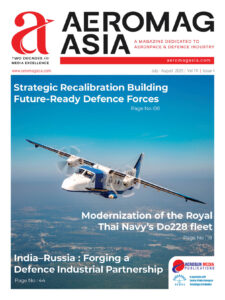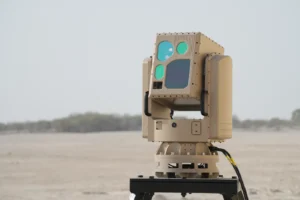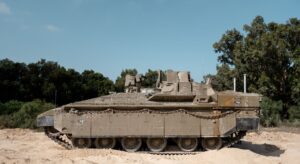
The New ZALA T-20
The ZALA T-20 unmanned aerial system has undergone a comprehensive modernization, introducing a range of structural and technological enhancements aimed at improving its flight performance and expanding its operational potential.
At the heart of the upgrade lies a redesigned fuselage, meticulously optimized to reduce aerodynamic drag and improve overall flight efficiency. The integration of next-generation battery systems — with higher specific energy density and greater resilience in extreme conditions — has significantly extended the T-20’s endurance and range. The drone can now sustain flight for more than seven hours and cover distances exceeding 500 kilometers in a single sortie.
Upgraded communications and navigation modules have markedly enhanced system reliability, ensuring stable and secure data transmission over long distances — even in environments with heavy electronic interference and without satellite connectivity.
The revamped platform is also equipped with a new onboard computer and advanced software built around artificial intelligence algorithms, enabling smarter and faster in-flight processing.
The ZALA T-20 is fully compatible with the entire suite of payloads designed for the ZALA T-16 and is launched using the same pneumatic catapult system. This cross-platform compatibility allows for a unified equipment set across various UAV types, streamlining logistics, maintenance, and operator training, while also making it possible to upgrade existing systems with the new T-20 UAV.
With these upgrades, the ZALA T-20 has not only improved in terms of flight performance and operational resilience but has also broadened the scope of missions it can undertake. It now serves as a more capable platform for aerial reconnaissance, environmental monitoring, and situational analysis in remote and challenging environments.











